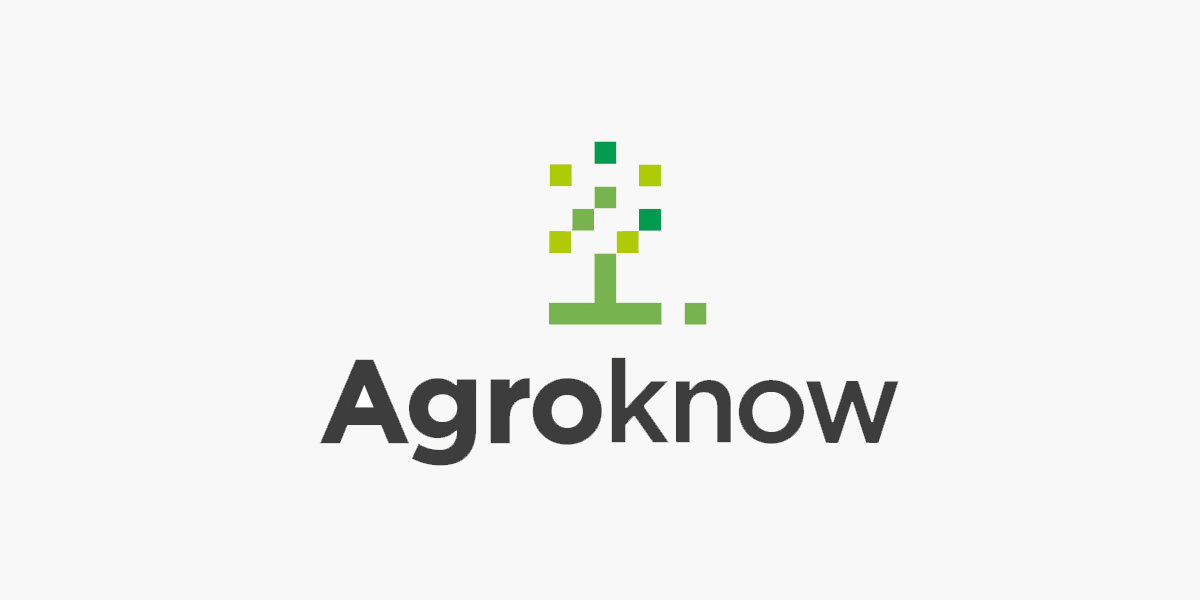One of the fun things we did during our visit to Ontario this September was our meeting with Canada’s first NSERC Industrial Research Chair for Colleges: Dr. Mike Duncan. With a specialization in Precision Agriculture and Environmental Technologies, the five-year mission of Mike as a NSERC Chair was to develop data-powered solutions for provincial and national farming communities.
Mike, Gregor MacLean and the Agriculture & Environment Innovation Center team at the Niagara College are focused on developing new ways to gather, process and disseminate the massive amounts of data gathered each day from Ontario farms, including the use of an experimental unmanned aerial vehicle (UAV) and field sensors. It all started in 2007, when an Ontario Centres of Excellence (OCE) grant established Niagara College firmly in the area of agricultural remote sensing and visualization with the PrAgMatic project which aims to help farmers increase crop yields while reducing dependence on fertilizers and water, therefore reducing environmental impact.

Mike (left) ready to collect and manage some more (and more, and more) farm data. PHOTO: John Law / Niagara Falls Review
The PrAgMatic system currently encompasses a host of technologies, including GIS/GPS, databases, 2D and 3D visualization, digital soil mapping (DSM), image classification, sensor networks, LIDAR, and other remote sensing technologies. In 2009, Niagara College received one of the first Community College Innovation (CCI) grants of $2.3 million for the development of the Land Use Technology Centre to further focus on the PrAgMatic project. This work attracted the attention of local and international partners, including Ontario Ministry of Agriculture, Food, and Rural Affairs (OMAFRA), and IBM. One of the applications of particular interest for Agroknow is the real-time monitoring of vineyards that Mike and his team have deployed in Ontario, collecting a large amount of sensor data.

